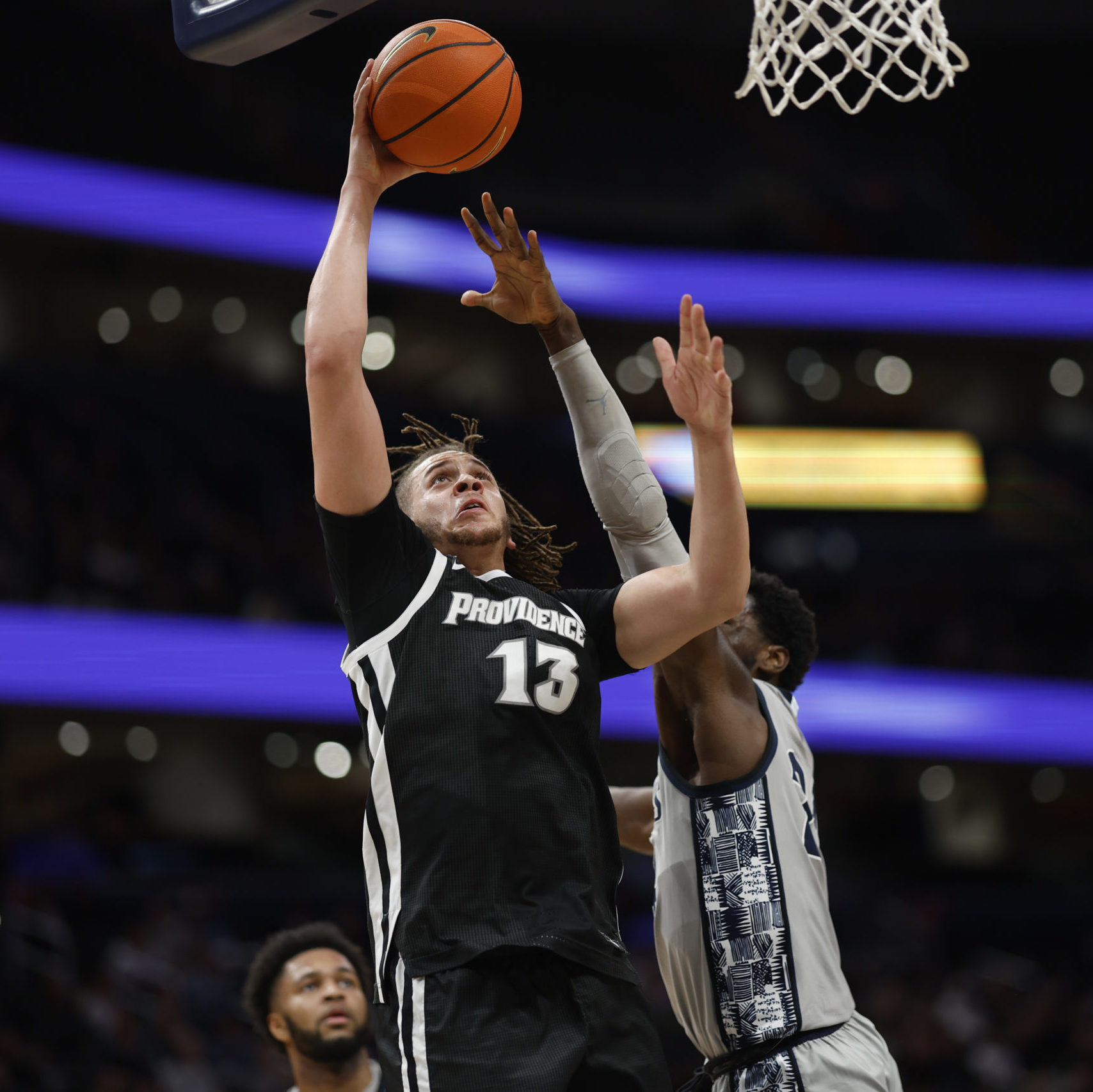The following clinic article from Purdue coach Matt Painter appears in the Fall 2019 edition of NABC Time-Out Magazine. To view the full Fall 2019 issue, click here.
Timing of Post Double
An ideal post double is predicated on timing. Cheating to the ball (when ball is on the wing) as the double guy is important. This allows the post trapper to arrive on the catch. Great teams can do it while the ball is in the air. We never want to go when the post player is off the block or up the lane because it can expose the rim. If so, the closeout man must do a great job of messing with ball and making the big feel uncomfortable by scraping down in the post. When 1 on 1 if you are ball side (extended off the block), make sure to attack the ball when the player dribbles and takes his eyes off of you (must do both).
Post Defense
We like to have no post entries from above the free throw line. When the ball is above the free throw line, we are always 3/4 in front (never have two feet in front of the post player when the ball is above the free throw line). When the ball is below the free throw lane, we 3/4 into a denial, pushing the offensive player out as far as possible. We like to have the majority of our post doubles come big to big. Always post double with high hands and without fouling (show hands early). The initial post defender and post trapper should both have their hands high (4 hands).
Rotation out of a Double
We never want the ball to be passed out ball side or centered on the first pass (always deny the post feeder). Our goal is for the big to have to dribble out, making him throw a long floating skip pass. After the pass out, it is a race between our basket guy and nail guy. These two defenders fight for the first pass out (on a skip normally) and one calls “my ball” and bumps the other defender to the closest offensive player. Early communication on who is taking the ball is key to a potential great rotation.
Problematic Scenarios in Big-to-Big Post Double
It is always tough to go big to big when doubling the post when a side is overloaded. The overloaded side can cause longer rotations making it difficult to recover. Having multiple divers can be extremely hard because of only having one guy at the rim (the defender must go with anyone who is diving). Teams who like to have a big to big post entry on the wing make it challenging to have a quick double (must have someone else designated or stay 1 on 1).
The Five Defenders
Everyone on the floor is involved with the post double. First, the on-ball defender must pressure the ball enough, so everyone has time to react. Next, the post defender (who is usually the 5 or 4) is always 3/4 or deny depending on where the ball is but will never allow a direct pass. Third, the post double man (4 or 5) has to arrive on the catch, showing two hands in the air. Finally, the nail and basket guys have the responsibility of taking anyone that is at the rim, as well as starting the rotation by taking the first pass out.
The Six Keys
4 high hands on post double.
No splits on post double.
If big dribbles baseline, always stay with post double.
If big dribbles out or closer to the midline, go back to initial defender.
If late to double, do not go at all. Scrape ball side and try to keep the ball out of the middle.
On “dribble down” into the post, attack if they do not see you. Scrape ball side if there is no post double.



